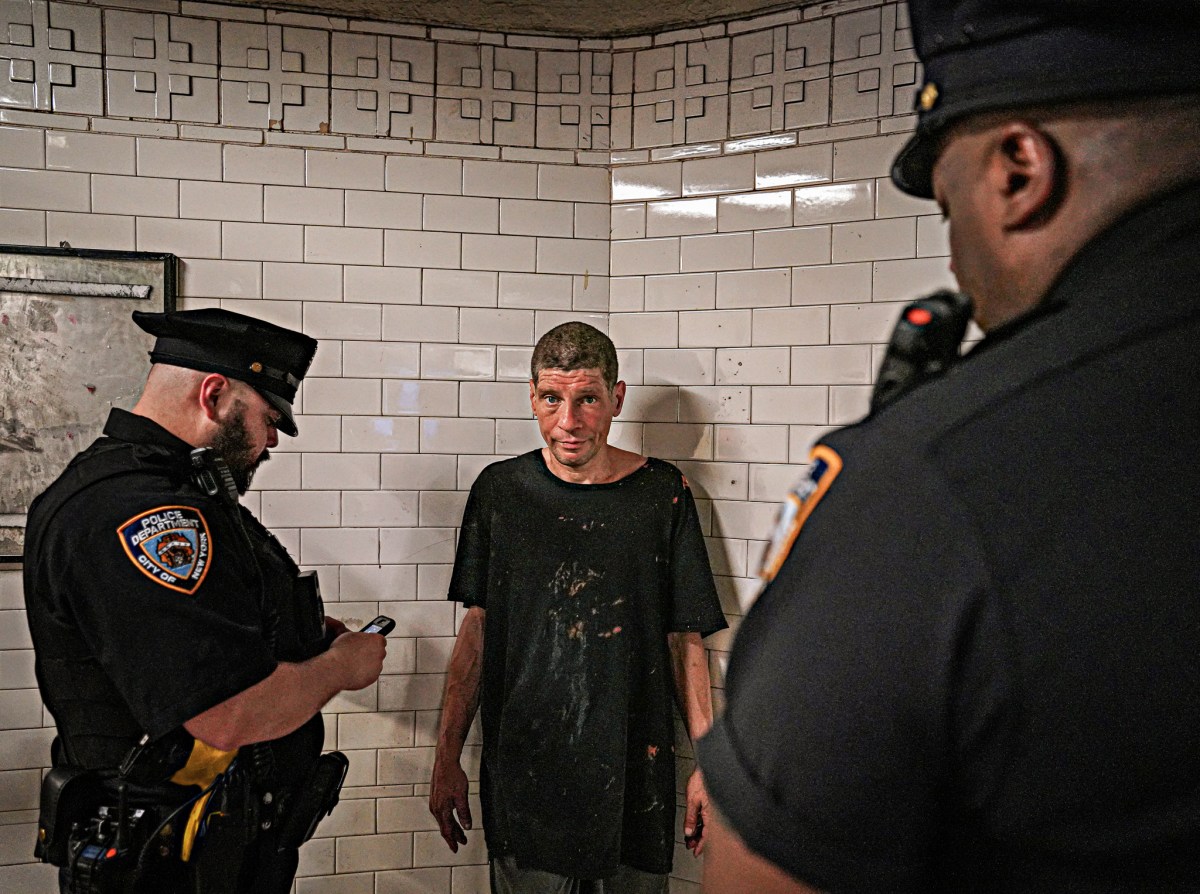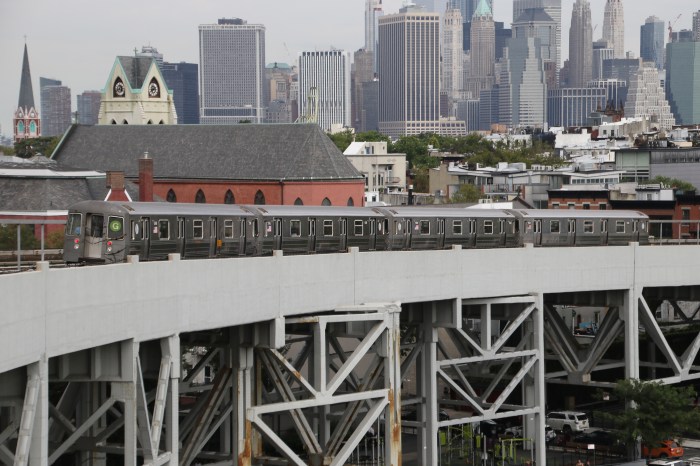A Brooklyn Heights institution’s battle to slow down cars in the neighborhood — which it kicked into high-gear after one of it’s own was struck by a vehicle and killed earlier this year— is starting to pay off.
The city announced this week that the Heights will be one of 15 neighborhoods where speed limits will be cut to 20 miles per hour in certain areas. The so-called “slow zones” come after months of lobbying by the Brooklyn Heights Association, which made the zones a priority after one of its members, Martha Atwater, was killed by a driver who jumped the curb on Clinton Street in February.
In most areas of Brooklyn, the lower speed limits take up just a few blocks, but in the Heights, nearly the entire neighborhood will have the speed limits reduced to 20 miles per hour by 2016.
And Heights Association members say it can’t happen soon enough.
“We are saying thank you, but we would like this to be done sooner,” said Patrick Killackey, the head of the association’s transportation committee.
The association also wants the borders extended — currently, the reduced speed limit does not include a small area north of Middagh Street, which is close to PS 8.
The Heights Association predicts the slow-down will save lives.
“Anyone walking around the streets can speak to the benefit of slowing it down to 20 miles per hour,” said Killackey. “The data shows that it makes an extraordinary difference. And, obviously, it’s a lot less likely that an accident would happen to begin with.”
The change is part of the citywide Neighborhood Slow Zones program, in which select communities will have speed limits reduced. Fifteen neighborhoods joined the program last week, including five in Brooklyn.
“Speeding played a role in 81 traffic deaths in New York City just last year and more and more communities across the five boroughs are demanding that traffic along neighborhood streets return to the speed of life,” said Department of Transportation Commissioner Janette Sadik-Khan, in a statement. “Dropping the speed limit by even 10 mph dramatically increases the safety odds and drives home the message that the city’s residential streets aren’t shortcuts.”
The city considered about 75 neighborhoods for the program, Killackey said, but only these 15 areas were chosen. So it’s a real victory for the association, whose newly elected President, Alexandra Bowie, was a close friend of Atwater, a 48-year-old Emmy Award-winning television writer and mother of two who was killed near Atlantic Avenue after buying cookies for her family.
Slow Zones are partially chosen based on crash data and the proximity of schools and senior centers, but they’re also chosen based on community support. Because of this, community organizations including the Brooklyn Heights Association spent months collecting signs of community support through petitions and polls. In May, the organization launched an online poll asking Brooklyn Heights residents if they would want to see Slow Zones in the neighborhood; of the nearly 700 people who responded to the poll, 91 percent said “Yes.”
Ultimately, the area was chosen based on the large number of schools in the neighborhood, along with strong community support, according to a city fact sheet.
Mayor Bloomberg first launched the Neighborhood Slow Zones in 2011 and credits the program and others like it with bringing traffic fatalities down to the lowest levels in city history. Still, speeding caused 81 of the 274 traffic fatalities in 2012, according to the city.





















